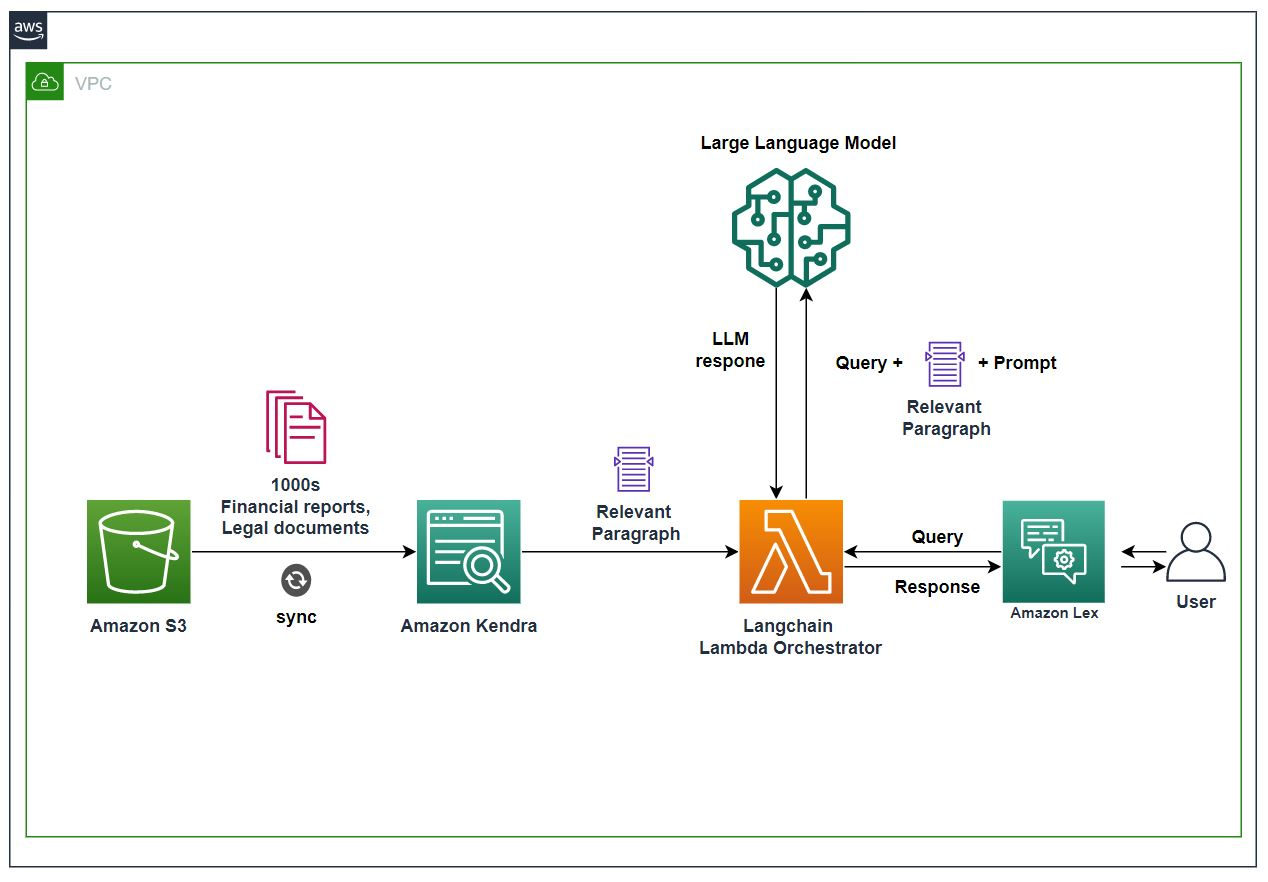Future of Mobility: Generative AI (GenAI) as an Integral Capability

The automotive industry is undergoing a pivotal transformation, driven by cutting-edge technology. The future of mobility is rapidly approaching, with Generative AI (GenAI) playing a leading role in this evolution. From self-driving cars to personalized transportation, GenAI is becoming an essential capability, driving innovation across the entire mobility ecosystem.
This article explores why GenAI is crucial for the automotive industry, how businesses are leveraging it today, and how the future of mobility will be shaped by GenAI-driven advancements.
What Are Generative AI Applications?
Generative AI (GenAI) applications are based on underlying foundation models. These models consist of large artificial neural networks, which are computer algorithms inspired by the neurons in the human brain. GenAI applications can perform a variety of tasks, such as natural language processing, answering questions, and creating new content like images, videos, and audio.
Are Automotive Companies Leveraging GenAI?
The short answer is yes. Automotive businesses are adopting GenAI technology in two key areas: inside vehicles (enhancing driving and safety) and inside business processes (optimizing operations and customer service).
Here are some examples of GenAI being used inside vehicles:
- Mercedes-Benz’s Integration of ChatGPT
Mercedes-Benz has integrated ChatGPT into its "Hey Mercedes" voice assistance system. This allows the system to answer a wide range of questions, including sports updates, weather, and smart home queries, providing a more intuitive customer experience. (Mercedes-Benz Media, 2024) 1. - Continental's Use of Google Cloud's GenAI
Continental has integrated Google Cloud’s GenAI into its software-defined vehicle platform, allowing drivers and passengers to get answers related to their vehicles and destinations. (Continental AG, 2024)2. - Waymo's Use of GenAI for Autonomous Vehicles
Waymo, a part of NVIDIA, uses GenAI to manage various aspects of its autonomous vehicle stack, including perception, planning, and control. (NVIDIA, 2024)3.
In terms of business processes, here are some examples:
- Mercedes-Benz’s Use of ChatGPT for Production Data Analysis&
Mercedes-Benz uses ChatGPT as a voice-based interface to analyze production data, aiding in defect identification, quality management, and manufacturing process optimization. (Mercedes-Benz Media, 2024)4. - Toyota’s Text-to-Image GenAI Tool
Toyota uses a text-to-image GenAI tool to help vehicle designers generate innovative designs quickly, streamlining the early stages of the creative process. (ASSEMBLY, 2024)5. - Generative AI for Employee Chatbots
Automotive manufacturers are increasingly using GenAI-driven chatbots to streamline daily tasks, improving efficiency and easing employee workloads.
What Is the Future Direction of GenAI in the Automotive Industry?
According to a survey by McKinsey & Company (2023)6, key GenAI use cases span four areas:
- Customer Operations
- Marketing and Sales
- Software Engineering
- Research and Development (R&D)
In the automotive sector, we expect GenAI to impact customer support, after-sales services, and technical assistance by promoting customer self-service and enhancing agent productivity.
In marketing and sales, GenAI will likely create personalized content, recommend vehicles based on customer search history, and automate customer interaction scripts for sales representatives.
In software engineering, GenAI will be pivotal in developing software-defined vehicles, especially in embedded vehicle programming.
In R&D, as seen with Toyota, GenAI will revolutionize the generation of initial vehicle concept images based on design constraints, accelerating the creative phase of product development. (ASSEMBLY, 2024)7.
What Are the Risks of Not Adopting GenAI?
As a leader in the automotive industry, failing to adopt GenAI could mean missing out on significant opportunities, such as improving customer satisfaction, enhancing the brand experience, and increasing operational efficiency. Inaction could also result in missed opportunities for boosting vehicle sales or accelerating time to market, all of which could be achieved through the strategic use of GenAI.
What Immediate Steps Can You Take to Leverage GenAI?
From our experience, GenAI-based bots are a quick win for businesses looking to explore the potential of this technology. Examples include HR bots, IT bots, and business operations decision bots.
The figure below provides a reference solution architecture for a bot using AWS services.

Factors to Consider Before Embarking on Your GenAI Journey
Before integrating GenAI into your business, it is essential to understand the inherent risks, such as biases in models, intellectual property concerns, deep fakes, cybersecurity issues, harmful content, and model hallucinations.
Beyond these risks, adopting GenAI will require new capabilities within your organization, along with a reorganization of business processes to maximize its potential. As a leader, you must weigh the benefits of GenAI adoption against these risks and the required investment in new expertise. This balanced assessment will help you shape a well-informed vision for integrating Generative AI into your business strategy.
Key Takeaways for Senior Leaders in the Automotive Industry
As a senior leader in the automotive industry, here are key takeaways:
- GenAI adoption is accelerating in two key areas: inside vehicles and inside business processes.
- Future use cases for GenAI include aftersales, customer support, warranty management, vehicle marketing, software development (especially software-defined vehicles), and R&D.
- GenAI-based bots offer a quick way to experiment with the technology and showcase its potential.
- Carefully assess the benefits, risks, and need for new expertise to create a clear and informed vision for integrating GenAI into your business strategy.
Resources:
1.Mercedes-Benz Media. (2024). Mercedes-Benz takes in-car voice control to a new level with ChatGPT. Retrieved from https://media.mercedes-benz.com
2.Continental AG. (2024). Talking not typing: Continental and Google Cloud equip cars with generative artificial intelligence. Retrieved from https://www.continental.com
3.NVIDIA. (2024). Riding the Wayve of AV 2.0, driven by generative AI. NVIDIA Blog. Retrieved from https://www.nvidia.com/en-us/blog
4.Mercedes-Benz Media. (2024). Mercedes-Benz tests ChatGPT in intelligent vehicle production. Retrieved from https://media.mercedes-benz.com
5.ASSEMBLY. (2024). Toyota unveils new generative AI technique for vehicle design. Retrieved from https://assemblymag.com
6.McKinsey & Company. (2023, July 19). The economic potential of generative AI: The next productivity frontier. https://www.mckinsey.com/capabilities/mckinsey-digital/our-insights/the-economic-potential-of-generative-ai-the-next-productivity-frontier#introduction
7.ASSEMBLY. (2024). Toyota unveils new generative AI technique for vehicle design. Retrieved from https://assemblymag.com

Namendra has over 19 years of experience in Automotive Industry and Business and Technology Consulting. He holds bachelor’s degree in Engineering and Post Graduate Program in Management from S. P. Jain Institute of Management, Mumbai.








